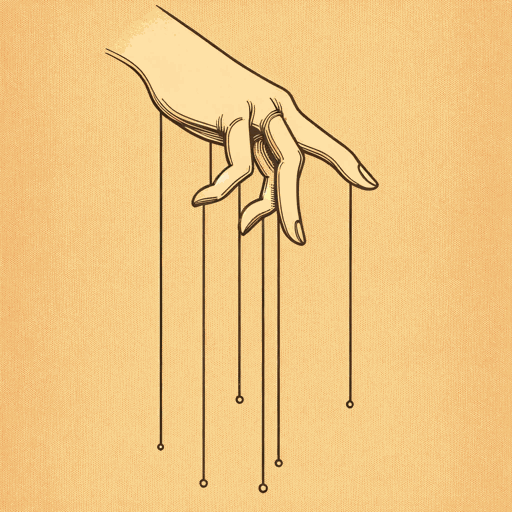60 pages • 2 hours read
Robert B. CialdiniInfluence: The Psychology of Persuasion
Nonfiction | Book | Adult | Published in 1984A modern alternative to SparkNotes and CliffsNotes, SuperSummary offers high-quality Study Guides with detailed chapter summaries and analysis of major themes, characters, and more.
Chapter 3Chapter Summaries & Analyses
Chapter 3 Summary: “Liking: The Friendly Thief”
Cialdini expresses that, though people are obviously influenced by friends and those they like, they are also influenced by likable people whom they scarcely know. It is virtually impossible to convince people of scientific realities against which they are predisposed—notably, the theory of evolution. However, when researchers tell disbelievers that popular celebrities support evolution, disbelievers express more openness to the possibility that evolution is factual.
In “Liking for Profit,” Cialdini explains the marketing strategy of Tupperware, the primary sales technique of which is the home party. A homemaker invites personal friends; after an introduction with games and prizes, the Tupperware rep takes sales orders, a monetary percentage of which goes to the homemaker. Friends feel obligated to attend and purchase. This strategy works even when friends are not present. The Shaklee Corporation requests its customers to supply the names of friends. Since friends sent Shaklee to them, the second tier is more likely to purchase products as well.
Cialdini writes in “Strategic Friendship: Making Friends to Influence People” that compliance professionals employ the liking rule by making the customer like them. He tells of legendary car salesman Joe Girard, who sent out postcards to 13,000 customers annually, saying simply, “I like you.

